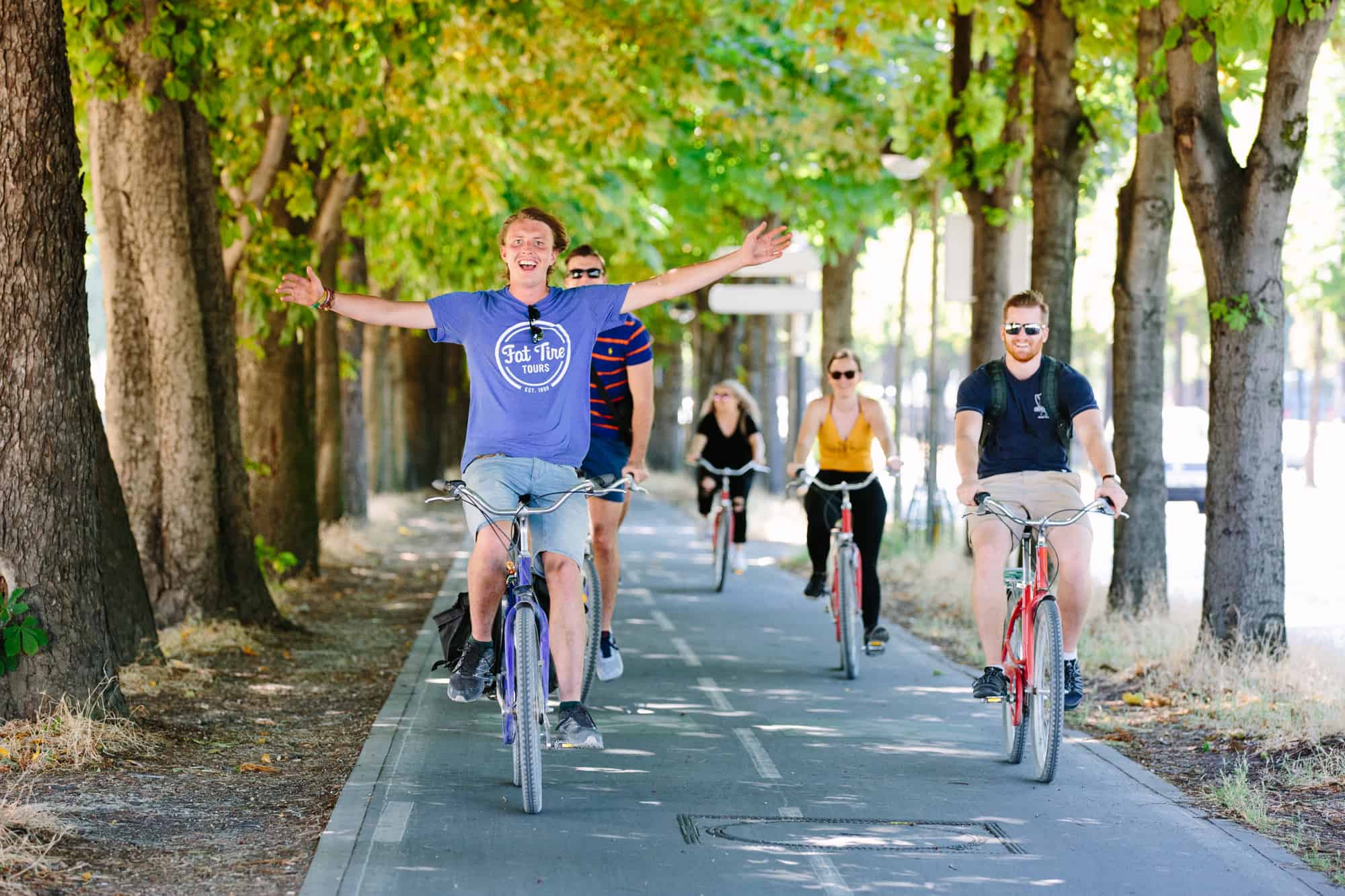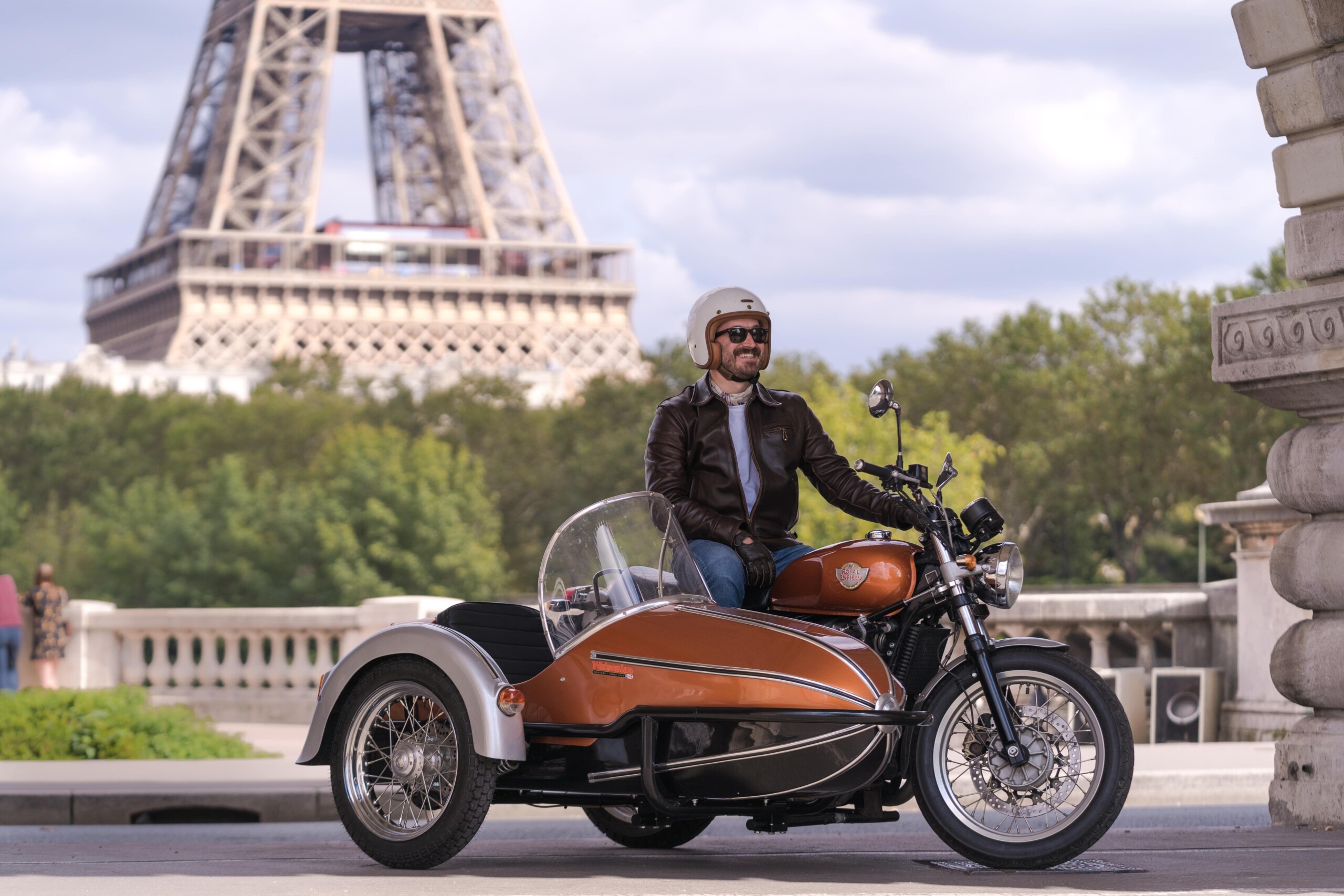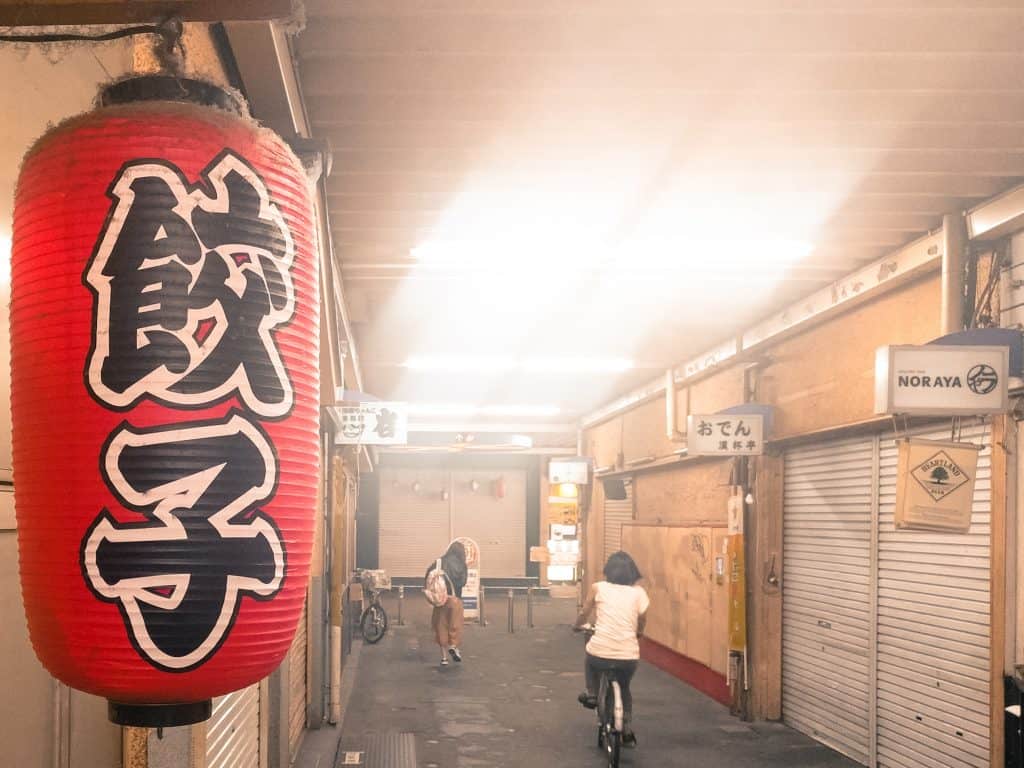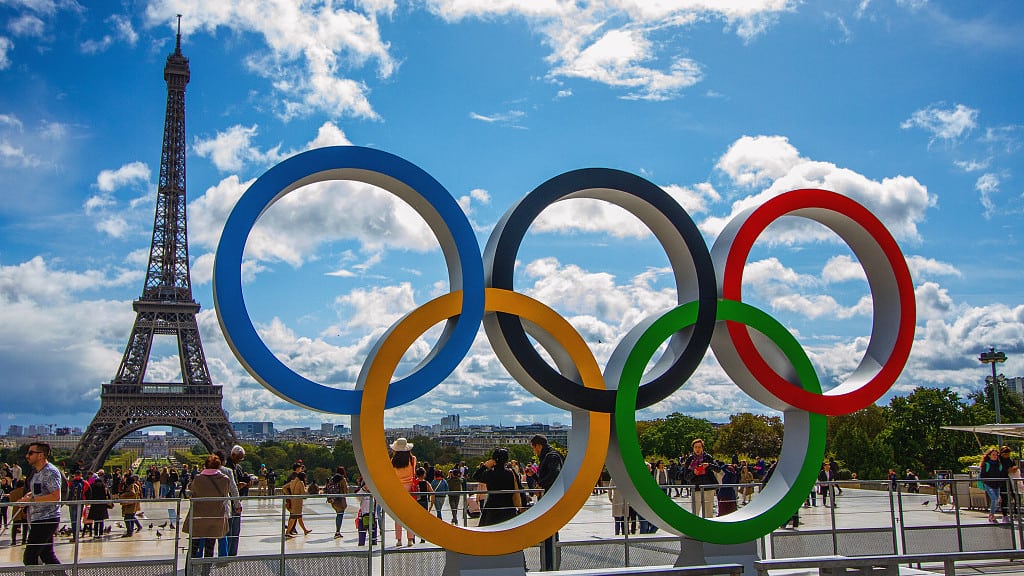Looming over the river’s edge in the 13th arrondissement, you can hardly miss the four towers of the Bibliothèque Nationale de France. They might seem intimidating, and not very ‘Parisian’, but they’re well worth a selfie and an exploration if you happen to find yourself in the area.
History of the BNF
The BNF was inaugurated in 1996 after nearly ten years of planning and construction. It was part of a series of projects that were designed to update Paris’ image, standing out among the Haussmanian buildings and offering a new take on the city’s architecture. Other projects of the time included the Arab World Institute, the Parc de la Villette, and the Pyramide at the Louvre.
The young architect Georges Perrault was chosen to design the library. His vision would win him several international awards, including the European Union Prize for Contemporary Architecture. Perrault describes the concept on his website:
“A diaphanous light will rise up through the interiors of the glass towers, culminating in four topmost points, which will shimmer like four lighthouse beacons. This liquid light will spread over the square, while the towers will be reflected in the Seine.”
For those of us who aren’t architectural experts, the library looks like four half-open books, with the off-white shutters in each window resembling open and closed pages.
What’s in there?
The actual content of the BNF isn’t located in the four towers, but underground. The initial purpose of the library was to house everything – and I mean everything – published in France. Their website explains:
“14 million books and printed documents, manuscripts, prints, photographs, maps and plans, scores, coins, medals, sound documents, video and multimedia documents, scenery elements… All disciplines, whether intellectual, artistic or scientific, are represented in a comprehensive way. About 150 000 documents are added to the collections each year thanks to legal deposit, acquisitions and donations.”
All of this documentation requries 400 kilometers of shelving. Now that’s a lot of reading material!
What else is there to see?
While only academics and those with a special permit are allowed access to the documents, the BNF isn’t just reserved for its elite readers. As a tourist, you are still allowed to visit certain parts of the downstairs library; the Bibliothèque de l’Arsenal section, which also holds exhibitions and cultural events. You can also catch a glimpse of the below-ground garden, filled with exotic flora and fauna.
Outside on the plaza is an MK2 cinema, and you’ll often find street food stalls set up on the steps, which attract a large crowd of students from the numerous neighboring universities. In recent years, pop-up bars have appeared during summer months along the riverbanks.
Linking the Left to the Right banks of the Seine is the contemporary Passerelle Simone de Beauvoir, a curving pedestrianized bridge which offers a great view towards Paris. If you look west down the river you’ll be able to see the spire of Notre Dame. We offer a Skip the Line – Notre Dame Towers & Sainte-Chapelle Tour if you’re interested in seeing some of Paris’ more traditional architecture!




